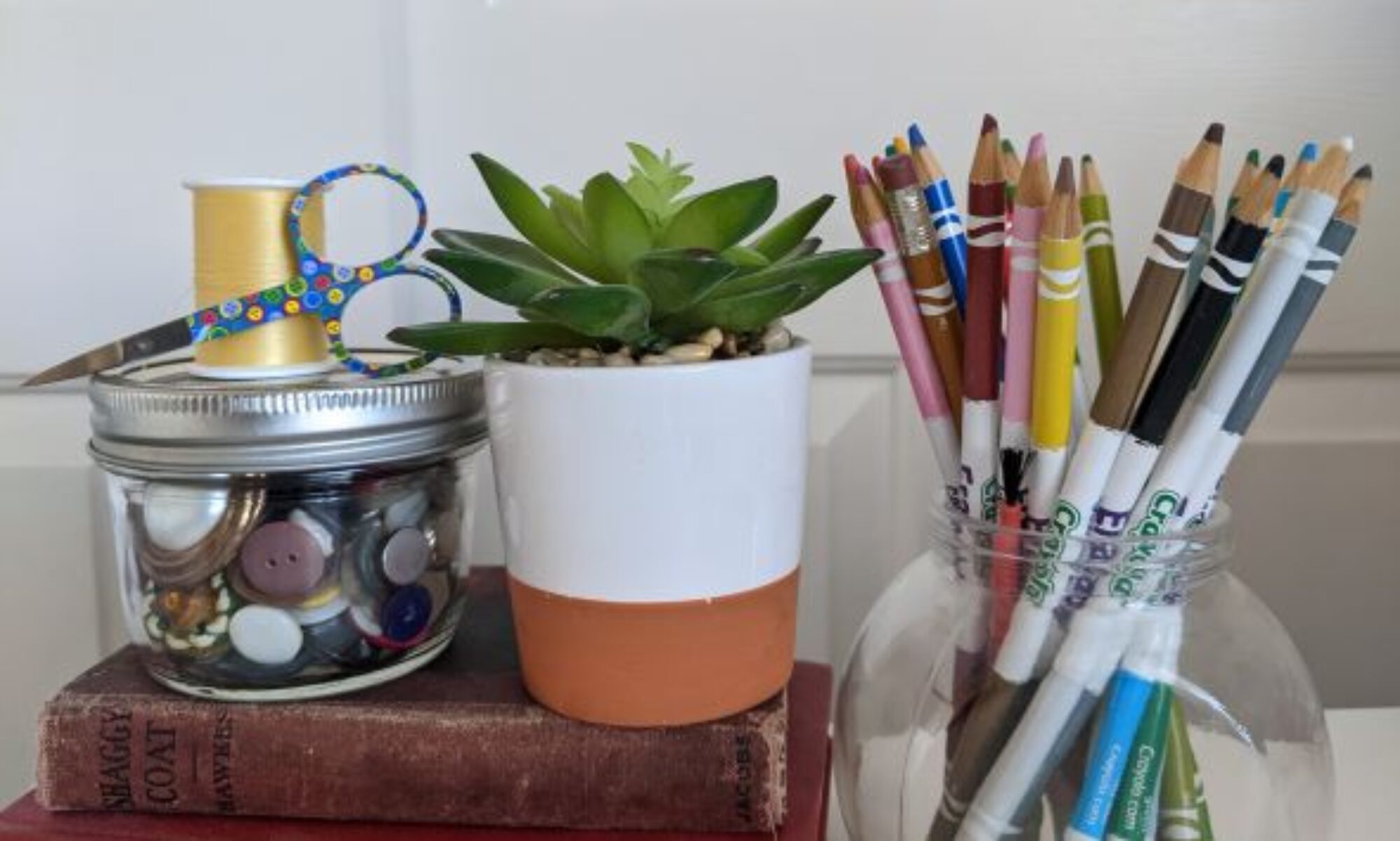How COVID-19 affects Instruction this Valentine’s Day

How will Valentine’s Day look in your classroom this year? That’s the question I asked three teacher friends from different parts of the country. Here’s what I found out.
What does In-Person learning look like?
Teacher A lives in a rural section of the Midwest. Her small district started the year with in-person instruction and continues to run on that schedule. Access to the internet and computers in this area make remote learning impractical. In addition, most parents in this district must work outside of the home and depend on being able to send their children to school each day. Teacher A feels fortunate that she has not contracted the virus, but has had students who’ve had to quarantine at home for 2 weeks at a time. When this happens, Ms. A must put together a packet of 2 week’s worth of instructional activities for the parents to pick up at the office. . Her second graders will bring in Valentine’s cards ahead of time and deliver them into classmates’ bags or boxes. By having the cards sit untouched for several days, she’s hoping to “de-germ” them. Ms. A’s state doesn’t prioritize teachers as essential workers. She will need to wait to be vaccinated until her age group is eligible.
What does hybrid learning look like?
Teacher B teaches in a small district next to a large metropolitan area. Her school currently operates on a hybrid schedule. Only half of the enrollment is on campus at a time. Ms. B’s class comes to school two days a week. The 20 students spread out into the adjoining vacant classroom. On the other three days, her students are virtual while other students are on campus. Ms B is an experienced teacher and is well acquainted with her curriculum. She’s gotten used to the situation, but admits it’s a juggling act. She must prepare in class lessons, have live virtual classes, and taped lessons as well. The technology demands can be daunting. She’s working with her grade level team to come up with a way to do virtual cards so that her students aren’t passing the virus along with the valentines. Ms. B lives in a state that is making an effort to have teachers vaccinated as soon as possible. She’s already received her first shot.
What does remote learning look like?
Teacher C works in a district that offers parents a choice of hybrid or remote classes. Ms. C teaches the remote second grade class for her school. She works from home, but sometimes goes on campus to prepare materials for the “tool box” that is sent home every other week in a school wide drive-through. Ms C misses her colleagues and finds it difficult to collaborate as she once did. In the toolbox leading up to Valentine’s Day, her students will find materials (compliments of parent donations) to complete a STEM project. In a live virtual lesson students will use heart-shaped gummies and toothpicks to see who can make the highest tower. She’s planning to have her students drop off their valentines via the drive through, then she’ll sort them into individual student bags. On the next drive through each student will receive a bag containing valentines from their classmates.
Above and beyond
Teaching has never been easy, but teachers are going above and beyond to make sure their students, whatever their classroom model, are growing, learning, and yes, even celebrating this unusual Valentine’s Day together.
Though I’ve been retired for almost three years, I still have a teacher’s heart and soul. I always will. http://seamslikeastory.com/heartfelt/
This year, I’ve stitched up some masks and have sent them out to a few teacher friends with a heartfelt note of thanks for the work they are doing.
Now more than ever, my heart goes out to teachers.

Threads of thought:
If you are a teacher, how will Valentine’s Day look like in your classroom? What model is your school following (in-person, hybrid, remote?)
If you aren’t a teacher, but know someone who is, reach out to them and express your thanks. They’re working their hearts out and it’s likely to be a while before things return to “normal.”

